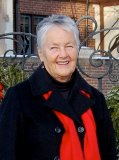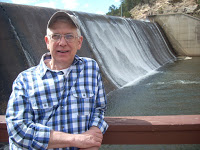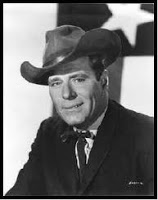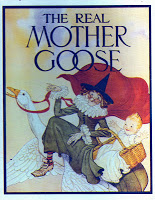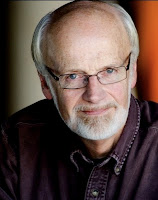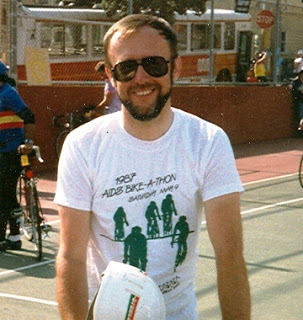“Let’s see…. Mother goose. What can I possibly write about an old woman who flies through the air atop a goose,” I mused. “Or about the Mother Goose rhymes, for that matter.” Jack Spratt could eat no fat, his wife could eat no lean. I know there is a hidden political statement there, but, do I really want to research that?”
“Well, Mother Goose and I have one thing in common. We’re both mothers. Further research is required here. Besides, I want to write about writing my story. Maybe I can combine the two subjects,” I speculate.
Facts about the Canada Goose: The species mates for life. Well, we don’t have that in common. Although I am monogamous, and faithful to my mate.
Many Canada Geese use the same nest each year and also build their nests in the same spot as their parent’s nest. My nests have moved around about every 15 years of my life and I have never nested anywhere near my parents nest.
Enough with the comparisons already. The Canada Goose is a very interesting creature. I read on.
Most people are familiar with the Canada goose. However there is great variation among them. There are 7 subspecies of the Greater Canada Goose in North America ranging in weight from 3 to 24 pounds. These waterfowl live for 10-25 years.
Mother-to-be goose (and father-designate) find each other at 2-3 years of age usually. It seems they find each other strictly for the purpose of breeding that very same season. No honeymoon. They go right at it. If one dies, a new mate will likely replace the deceased before long. Otherwise Canada Geese mate for life.
The nest is constructed of grass materials and feathers from mother goose’s breast. The eggs once laid are incubated for 28 days and hatched all at the same time. After being hatched the goslings are led away from the nest and cared for by both mother and father goose. The goslings have the protection of both their parents for 10-12 weeks after which time they are able to fly.
Mother Goose spends most of the day foraging for food which consists of grasses, roots, and leaves. That makes us both grazers–another point in common. She sticks pretty well to a vegetarian diet including lawn grass. A walk through the park attests to the amount of time spent consuming their food. One must carefully place one’s foot when walking through heavily goose-populated areas.
We have all witnessed the familiar V formation of the flying flock of geese. Why the formation? The V formation makes it easier to fly and facilitates communication among the flock. They migrate from the northern hemisphere in the late fall when the ground begins to freeze. These birds can travel more than 1000 miles per day on their journey to the Southern U.S. or Mexico. This puts my mileage to shame if you will permit me another comparison. The furthest I can go using my own muscle power is 100 miles in 1 day. That’s on a bicycle which allows me the aid of wheels and a drive chain. Even going that far in a car on interstate highways would be unthinkable for me even with two or three alternating drivers for that matter.
Canada Goose populations are expanding in urban areas attesting to the adaptability of the species. Well, I have been known to adapt to new environments–but not without complaint. But I do suspect that mother and father goose complain quite often. At least they sure look like it when they are hissing and honking.
So these are a few basic facts about goose behavior and habits. As for combining this subject with writing my story…I think that project must wait for another day and another topic. It turns out Mother Goose and I have very little in common.
© 12 May 2012
About the Author
Betsy has been active in the GLBT community including PFLAG, the Denver women’s chorus, OLOC (Old Lesbians Organizing for Change). She has been retired from the Human Services field for about 15 years. Since her retirement, her major activities include tennis, camping, traveling, teaching skiing as a volunteer instructor with National Sports Center for the Disabled, and learning. Betsy came out as a lesbian after 25 years of marriage. She has a close relationship with her three children and enjoys spending time with her four grandchildren. Betsy says her greatest and most meaningful enjoyment comes from sharing her life with her partner of 25 years, Gillian Edwards.
